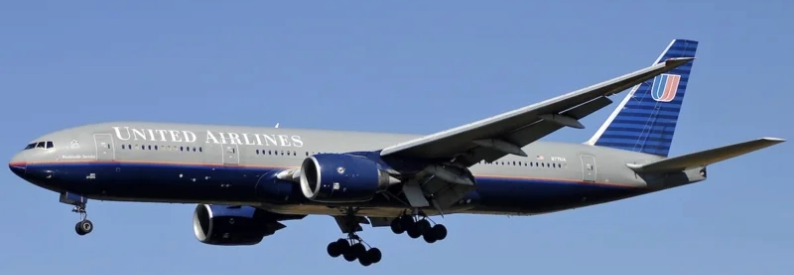Boeing Celebrates 30 Years of 777 Innovation

On May 15, 2025, Boeing commemorated three decades since the first Boeing 777 was delivered to United Airlines, marking the beginning of what would become its flagship twin-engine widebody program. That inaugural handover took place at Boeing’s Everett facility in Washington on May 15, 1995. A few weeks later, on June 7, the very first airframe—a B777-200 registered as N777UA and nicknamed “The Ship of the Future”—entered commercial service on United’s Washington Dulles to London Heathrow route.
Since that milestone delivery, Boeing has produced more than 1,700 777s across multiple variants, establishing the “triple seven” as one of the most successful airliner families in modern history. From its launch, the 777 set industry benchmarks. It was the first aircraft designed entirely with computer-aided engineering, dramatically reducing development time and costs. It was also the first twin-engine airliner to achieve 180-minute ETOPS certification, enabling nonstop transoceanic routes that were once the exclusive domain of four-engine jets.
Over the years, the 777 has broken performance records. The long-range B777-200LR demonstrated its endurance in 2005 with a record-setting test flight from Hong Kong to London, covering the Pacific and Asia in a single nonstop journey. This feat underscored the model’s ability to connect virtually any two cities in the world. Meanwhile, the GE90-115B engine, which powers several 777 variants, held the title of most powerful commercial engine for around twenty-five years, until Boeing introduced the GE9X to propel the next-generation B777X.
In recent seasons, Boeing has gradually tapered production of the original 777 models, focusing on freighter conversions and final passenger deliveries. Nevertheless, demand remains strong for certain first-generation freighters, and airports continue to welcome the airlift capacity these freighters provide. Behind the scenes, Boeing has been ramping up for the introduction of its updated 777X series, which will eventually supplant earlier versions. The 777X program comprises two variants: the ultra-long-range 777-8 and the high-capacity 777-9, the latter set to become Boeing’s largest commercial airplane.
The 777X first took to the skies in January 2020, showcasing folding wingtips and new composite wings optimized for fuel efficiency. Although certification and entry into service have faced delays, Boeing and its launch customer, Lufthansa, now project revenue flights to commence in 2026. To date, the 777X has amassed 521 confirmed orders, signaling robust market confidence in its advanced capabilities and long-term production outlook.
As the aviation industry pursues more sustainable operations, the 777 program has evolved in step with environmental goals. Several 777-200F and 777-300ER operators have tested biofuels and weight-reduction measures, while Boeing continues to refine aerodynamic improvements across the fleet. The 777X’s enhanced efficiency—driven by its new engines and wing design—positions it to deliver significant reductions in fuel burn and emissions compared with its predecessors.
Three decades on, the Boeing 777 remains a bedrock of global air travel, serving both airlines and passengers with reliability, range and comfort. Its legacy spans everything from pioneering design to record-breaking flights, and its future looks secure with the impending arrival of the 777X. As Boeing and its airline partners prepare for the next chapter, the “triple seven” story stands as a testament to the enduring impact of innovation in aviation.
Related News : https://airguide.info/?s=Boeing
